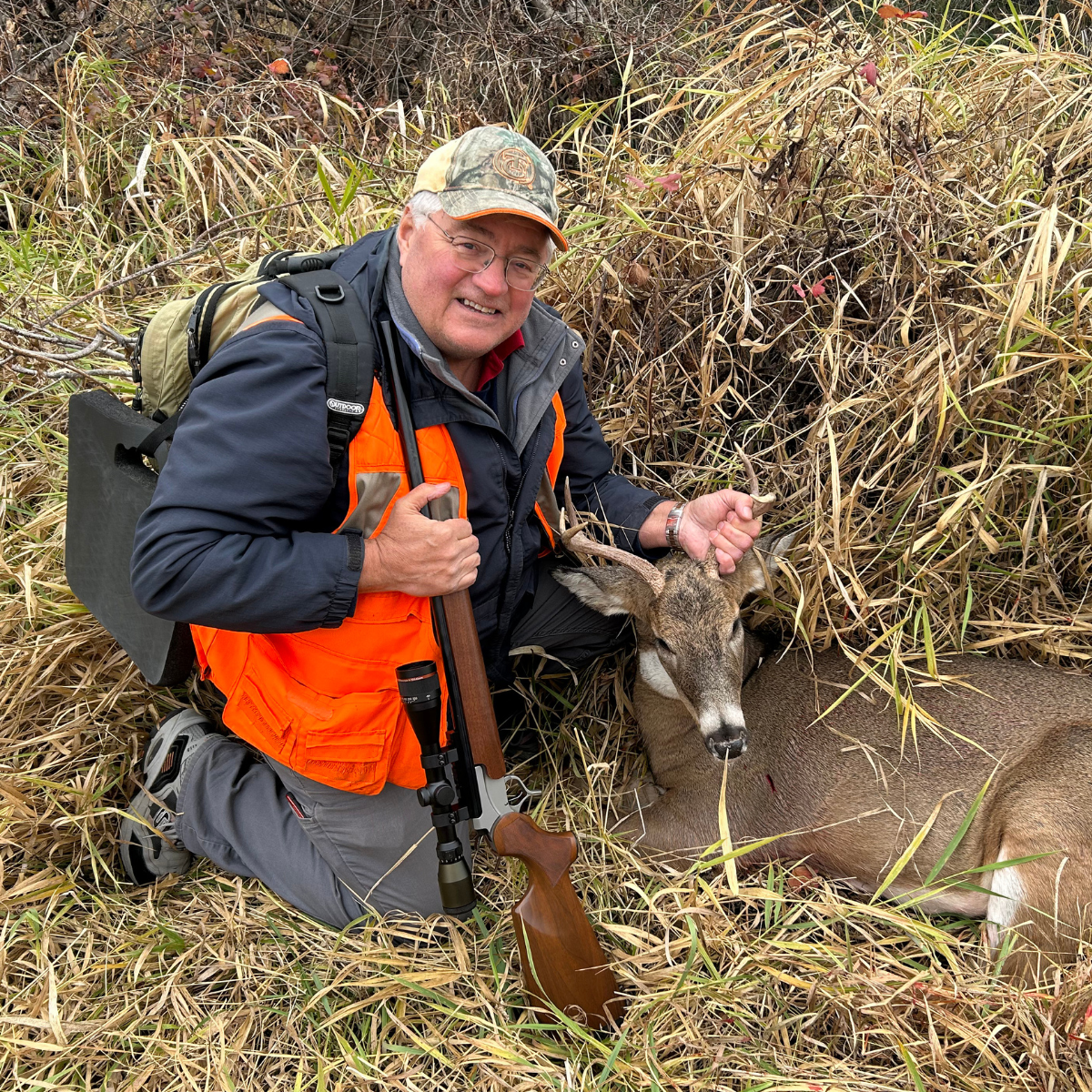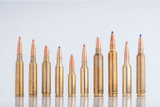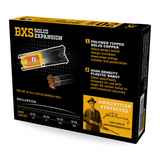Rethinking Shotgun Slug Accuracy: Why Slower Might Be Better
Last year the Browning slugs I ended up using were a departure from conventional thinking but they worked very well. So, I'd like to share some different approaches to shotgun slug accuracy alongside our new TC Encore Accuracy Barrel 20 ga. Rifled – releasing June 13th, 2025. EB
When it comes to shotgun slug accuracy, conventional wisdom has dominated the conversation for years. Faster is better. Flatter trajectory wins. Higher ballistic coefficients are king. But sometimes, real-world experience tells a different story.
Last hunting season, I discovered something that challenged everything I thought I knew about saboted slug performance. It wasn't the fastest, flattest shooting ammunition that delivered the results – it was the round I could actually shoot accurately.
The Conventional Approach: Fast and Flat
For years, the established thinking has been straightforward: rifled slug barrels require saboted bullets, and those sabots should be loaded with smaller caliber bullets to achieve higher ballistic coefficients, faster velocities, and flatter trajectories.
I've experienced this firsthand. Several years ago, using a Remington 20 gauge sabot, I shot a phenomenal 3/4" group at 100 yards. Those Remington sabots were incredibly effective – they were also VERY expensive and had such a complicated name that nobody could remember it. More recently, our lead Gunsmith achieved excellent results with current Remington 20 gauge sabots: .45 caliber, 260 grain bullets traveling at 1850 fps.
This approach works, and it works well when conditions are right.
When Fast Meets Reality
Last season, I was preparing to hunt with our new 20ga. Prototype Accuracy Barrel. I planned to use the proven Remington sabots, but I ran into problems. Shooting off a bipod, the gun was jumping all over the place from the hard recoil. The fast, light bullets that looked so good on paper were preventing me from shooting accurately.
When I went to Fleet Farm to buy more Remington ammunition, they were completely sold out. The only 20 gauge sabots left on the shelf were Browning BXS rounds – not exactly what I had planned to use.
The Browning BXS Surprise
Reading the information on the BXS box, I noticed something interesting. Instead of following the conventional smaller-is-better approach, Browning was using a larger .50 caliber bullet for "maximum accuracy." It was also significantly heavier at 328 grains, and the velocity was quite a bit slower than the Remington ammunition at 1600 fps.
This went against everything conventional wisdom suggested, but they were the only option available.
This time, I sighted in using a sandbag instead of the bipod. The difference was immediately apparent. The BXS rounds had much less recoil, and I shot a really tight group at the range. The reduced recoil allowed me to maintain proper shooting form and follow through.
Field Results That Matter
I took the BXS rounds hunting, and they delivered exactly where it counted. I made a 70-yard, one-shot kill – right in the heart of a nice buck. The slower, heavier bullet had done its job perfectly.
What This Means for Slug Accuracy
This experience taught me four critical lessons about shotgun slug accuracy:
1. Speed means nothing if you can't shoot accurately. A faster, flatter trajectory is completely useless if recoil or other factors prevent you from placing your shots precisely.
2. Any sabot you can shoot accurately will work great out to 100 yards. The key word here is "accurately." The best ballistics on paper don't translate to better performance in the field if you can't consistently hit your target.
3. Accurate but slower ammunition can be compensated for. An accurate but slower sabot may not have the flattest trajectory, but because it's accurate, you can learn the trajectory and compensate reliably at longer distances.
4. Fast sabots that you can't shoot accurately lose all advantages. A fast and flat-shooting sabot that you can't shoot accurately loses every advantage it might have had – at any distance.
The Right Tool for Accuracy
This experience reinforced why we engineered our TC Encore Accuracy Barrel 20 ga. Rifled the way we did. We use the same barrel production techniques for this barrel as we do for our match grade rifle barrels, creating a straight and true rifled bore with dimensions that don't vary more than 2/10,000ths of an inch.
We cut the chambers to 2-3/4" (not 3") to fit the most popular and accurate 20 gauge saboted slug ammunition. The throat on this chamber is positioned closer to the sabot, maintaining better alignment as the sabot travels from the 20 gauge shell into the rifled barrel – and better alignment encourages better accuracy.
We finish the muzzles with an 11-degree target crown, just like our match grade Accuracy Barrels. A properly executed 11-degree crown ensures that the sabot exits the muzzle with equal gas pressure on all sides, maintaining alignment and accuracy.
The Bottom Line
Sometimes the best ammunition isn't the one with the most impressive specifications – it's the one that allows you to shoot your best. The Browning BXS rounds taught me that manageable recoil, consistent accuracy, and reliable performance in the field matter more than velocity numbers on a box.
Whether you're a precision shooter working on tight groups or a hunter who needs that one perfect shot, remember: accuracy trumps velocity every time.
The TC Encore Accuracy Barrel 20 ga. Rifled 26" Blue with Match Grade Rifle Bore, 2-3/4" Chamber, and 11 Degree Target Crown launches Friday, June 13th, 2025. Learn more at EABCO.com.
Recent Posts
-
6.5mm Cartridge Comparison
6.5mm Cartridge Comparison (Pictorial Overview) A Quick Look at Popular 6.5mm Rifle Cartridges Vis …Aug 11th 2025 -
Rethinking Shotgun Slug Accuracy: Why Slower Might Be Better
Last year the Browning slugs I ended up using were a departure from conventional thinking but they …Jun 12th 2025 -
The Timeless Appeal of the .308 Winchester: Why This Cartridge Endures
The .308 Winchester, introduced in 1952, has become one of the most enduring cartridges in firearms …Jul 11th 2024




